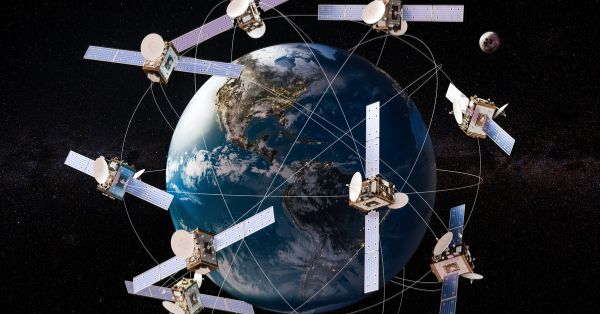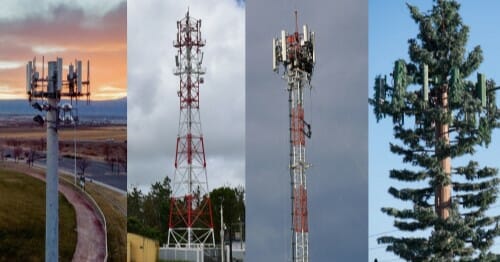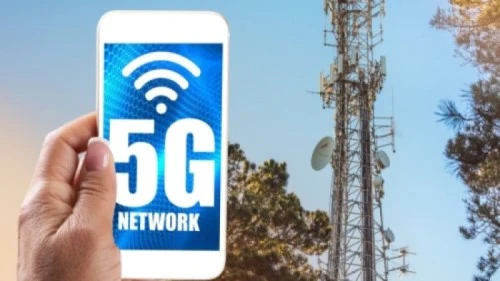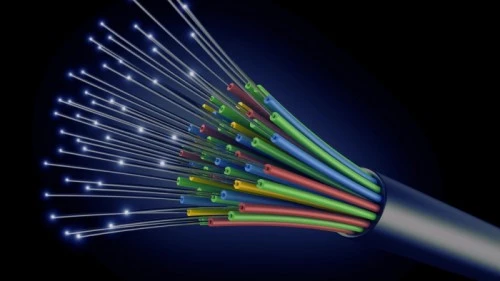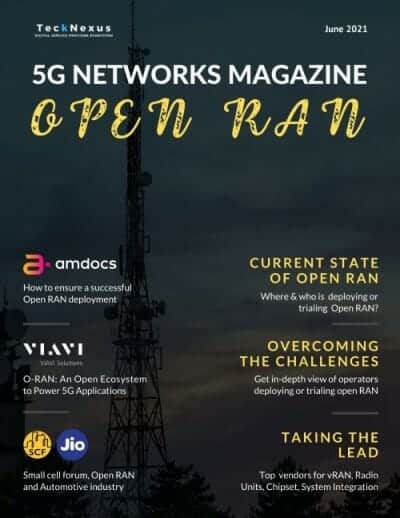“Vodafone, Telefonica, Deutsche Telekom, Orange, and Telecom Italia signed a memorandum of understanding to support the rollout of Open RAN networks across Europe. They will work with ecosystem vendors, and industry bodies such as the O-RAN Alliance, TIP, and European policymakers to ensure Open RAN technology becomes competitive with the traditional RAN solutions.”
Link -> OPEN RAN TECHNICAL PRIORITIES EXECUTIVE SUMMARY UNDER THE OPEN RAN MOU by Deutsche Telekom, Orange, Telefónica, TIM, and Vodafone
Telefonica is planning to deploy Open RAN technology in the below three phases:
- Initial Phase (2020-2021): Pilots & Trials
- Phase 1 (2021-2022): Initial deployments
- Phase 2 (2022 and onwards): Massive deployments in Spain, Brazil, Germany, and the UK
The objective is to deploy Open RAN in 50% of the network between 2022-2025. Telefonica also signed an agreement with Rakuten Mobile in Sep 2020 for research and lab trials supporting OpenRAN architecture, jointly developing proposals for optimal 5G RAN architecture and OpenRAN models.
In Brazil, Telefonica’s brand Vivo already conducted Open RAN technology-based trials for 4G and 5G with Mavenir, Parallel Wireless, Altiostar, Supermicro, Intel, Gigatera Communications, and Xilinx.
In Argentina, Telefonica’s brand Movistar conducts Open RAN proof-of-concept with Altiostar, RedHat, Quanta, Gigatera, Kontron, and IBM.
Telefonica’s Deutschland went live with the Open RAN network at three sites in Landsberg am Lech, Bavaria, and plans to deploy Open RAN at 1000 sites in Germany by the end of 2022. The ecosystem vendor for Open RAN deployment includes Altiostar, Gigatera Communications, Dell, Intel, Red Hat, Supermicro, Xilinx, and NEC.
In Jan 2020 Telefonica O2 initiated a range of Open RAN (O-RAN) projects to provide better network service to its customers in the rural areas and dense urban hubs, with the expectation of commercial deployment in the next 18-24 months. O2 partnered with non-traditional RAN vendors – Mavenir, DenseAir, and WaveMobile for the O-RAN projects.
- In partnership with Mavenir, O2 enhanced coverage and capacity in high-density environments in London. They provide enhanced mobile connectivity and a better customer experience in areas such as stadiums to shopping centers.
- In partnership with DenseAir, O2 is deploying O-RAN-based 4G and 5G networks at Millbrook. O2 works with Millbrook Proving Ground, a neutral host provider for public and private 5G connectivity, for testing and developing CAV technology.
- O2 has deployed O-RAN-based coverage solutions developed with WaveMobile, across several sites in the UK, including Woldingham, Surrey, which carry mobile traffic for O2 customers
In Jan 2021, leveraging the work done in the last 12 months, O2 conducted a successful Open RAN trial with NEC, Altiostar, GigaTera, Supermicro, and other ecosystem partners.
- NEC developed customized Open RAN architecture, conducted end-to-end testing and interoperability verification in its UK center of excellence running via O2’s core network
- Alitostar provided the virtualized RAN software
- GigaTera and Supermicro provided the hardware for the trial
Link -> Telefónica views on the design, architecture, and technology of 4G/5G Open RAN networks
Deutsche Telekom plans to deploy in 2021, Open RAN technology-based 4G and 5G services at 25 sites in Neubrandenburg, a city north of Berlin, in Germany. The key vendors part of this Open RAN validation process include Mavenir, Fujitsu, NEC, Nokia, Dell, and others. Based on the results of the small deployment, DT may plan for wider deployment of Open RAN technology in 2023-24.
Orange plans to deploy solely Open RAN compliant network equipment starting 2025 and conduct virtual and automated network trials by the end of this year. They believe that Open RAN will provide opportunities to the new vendors but not at the expense of Nokia and Ericsson.
Telecom Italia is deploying Open RAN technology for 4G services in Faenza, Italy. The Open RAN deployment initiative is part of the signed MoU between Vodafone, Telefonica, Deutsche Telekom, Orange, and Telecom Italia to deploy Open RAN technology across Europe. The key vendors enabling the Open RAN-based 4G deployment for TIM include JMA wireless and Microelectronics Technology (MTI). TIM will extend the Open RAN solution to support 5G services in the future.
Ireland: Vodafone plans to launch Open RAN-based 4G services at 30 locations in Ireland, in partnership with Parallel Wireless. It was initially trialed in North Kildare and then rolled out across the North West region. Additionally, Vodafone will also leverage system integrators to improve product automation covering zero-touch provisioning, testing, and operational process definition for Open RAN. In this process, it will further extend the developing ecosystem to include RAN automation vendors.
UK: Vodafone has launched the first commercial OpenRAN 4G site in a rural area at the Royal Welsh Showground in Powys, Wales, the UK, with Mavenir, Dell, Kontron, and Lime Microsystems. In Nov 2020, Vodafone announced that it would be deploying OpenRAN technology at 2,600 mobile sites across Wales and the South West of England. Italy, Romania, and Spain: Vodafone also conducted field/lab trials with Open RAN technology for 4G services with Parallel Wireless and Lime Microsystems, in Italy, Romania, and Spain. Vodafone Ziggo (Netherlands): Vodafone Ziggo is conducting a trial of Open RAN technology with NEC Europe and Altiostar. They tested the first voice call over the Open RAN network in Oct 2020. They plan to integrate solutions from other technology and radio vendors using commercial off-the-shelf hardware from third parties to transform the VodafoneZiggo network into a software-based network. Globally across countries:
Vodafone also announced in Nov 2020 that it would open multiple OpenRAN Research & Development labs across Europe. This is another commitment to the Open RAN ecosystem as a part of Vodafone’s European innovation strategy. In April 2021, Vodafone opened its first Open RAN test and integration lab at Newbury, UK, tech campus. The lab is currently in the early stages of development, and it will have 30 Vodafone engineers to integrate and test Open RAN technology from multiple vendors.
Vodafone partnered with Qualcomm to develop the reference designs and technical blueprint for more equipment suppliers to help build the 5G networks of the future using Open RAN technology, enabling further diversification of network equipment vendors.
The Open RAN reference design will combine Vodafone’s engineering expertise at building high capacity, large-scale networks with Qualcomm Technologies’ leadership in developing high performance and low power Application-Specific Integrated Circuit (ASIC) solutions for device and infrastructure products. The combined solution will ensure Open RAN is ready for use in 5G networks and capable of supporting applications with high bandwidth requirements such as virtual and augmented reality devices, even in urban areas.














